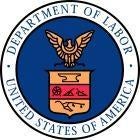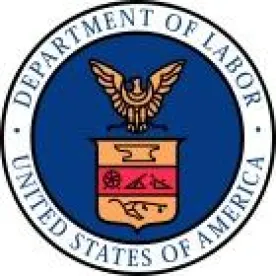We are about to mark the 4th anniversary of one of the most devastating coal mining accidents in decades. On April 5, 2010, 29 miners were killed and two were seriously injured in a massive explosion at the Upper Big Branch Mine in Raleigh County, W.Va.
Not a day goes by that we are not reminded about the devastating loss to the families of these miners.
While we cannot begin to know the pain they must feel as we mark another year’s passing, we can make sure such a tragedy never happens again.
When the Mine Safety and Health Administration launched its investigation into the UBB accident, I vowed we would conduct the most comprehensive investigation into what caused the disaster, launch the most thorough internal review of our agency’s actions leading up to the disaster and take appropriate actions. Within two years, we issued our findings on both, likely the most exhaustive in the history of this agency, and we took quite a number of actions.
At the root of the disaster was a corporate culture cultivated by Massey Energy — a company that valued production over safety, created fear and intimidation in its workers, and broke the law as it endangered the lives of miners. Time after time Massey sent miners into the UBB Mine, placing those miners’ lives at risk.
MSHA issued nearly 400 citations and orders and imposed a fine of $10,825,368, the largest in agency history. (Furthermore, the Justice Department launched its own investigation that continues to this day.)
But we didn’t stop there. Even before an internal review of our own actions was completed, MSHA began transforming the way we do business, aggressively stepping up enforcement and targeting mines with particular problems. Many surprise inspections forced operators to shut down their operations until they addressed serious safety hazards. To date, MSHA has conducted more than 700 impact inspections outside of the regularly mandated ones.
We retooled the Pattern of Violations program aimed at chronic violators, enforcing POV closure orders at mines for the first time and reducing the number of potential POV mines by 83 percent. In addition to new POV regulations, we issued new rules to prevent coal dust explosions and require underground coal mine operators to conduct more thorough mine examinations. We have enhanced enforcement of miners’ rights, resulting in the most temporary reinstatements of miners and the most safety discrimination complaints filed on their behalf in agency history.
By the end of last year, MSHA had implemented all 100 actions recommended by the internal review report, in the time frame promised. This review was designed to identify shortcomings so that we, as an agency, could take necessary actions to improve mine safety and health. Among the changes, we reorganized MSHA, overhauled inspection manuals, beefed up training for enforcement staff, and created a national mine rescue organization to support and provide guidance on mine rescue.
And we have made improvements, probably the most extensive in decades, which have produced significant results. Today, there are substantially fewer mines with chronic violation records; compliance by the mining industry is far better, and fatality and injury rates have dropped to record lows following the UBB disaster.
The most important measure, of course, is how many miners return home at the end of their shift without illness or injury. That is possibly the best way to pay tribute to the memory of the 29 miners who died at Upper Big Branch.

President Barack Obama walks with Linda Davis, the grandmother of deceased miner Cory Davis, during a memorial for the victims of the Upper Big Branch Mine explosion in Beckley, W.Va., April 25, 2010. (Official White House Photo by Pete Souza)



 />i
/>i

